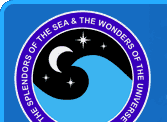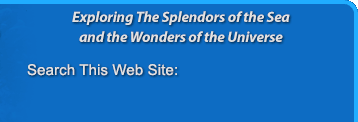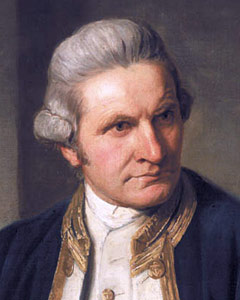
James Cook
1728 - 1779
British navigator and captain in the Royal Navy.
Charted New Zealand and Australia's Great Barrier Reef on his ship, Endeavour.
Disproved the existence of the fabled southern continent of Terra Australis.
Provided the first accurate map of the Pacific Ocean.
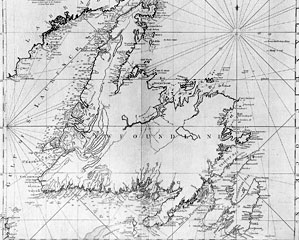
James Cook was a British explorer, navigator, and cartographer. He was also a captain in the Royal Navy. He was born on November 7, 1728 in the village of Marton in Yorkshire, England. He was one of eight children and his father was a Scottish farm worker. In 1736 his family moved to a farm in Great Ayton. He attended the local school for five years and then began to work for his father, who had been promoted to farm manager. When Cook turned 17, he moved to the fishing village of Staithes, where he became an apprentice to a shopkeeper. Some historians believe that this is when he first became interested in the sea as he looked out from the shop window. He worked at the shop for 18 months and then moved to the port town of Whitby to find work with a local coal trader named John Walker. He got his first taste for sailing as a merchant navy apprentice with Walker's small fleet of ships. During this time Cook studied algebra, geometry, navigation, and astronomy. These were skills that would be necessary one day if he were to command his own ship. In 1755 Walker offered him the command of his own vessel. Instead of accepting this opportunity, he decided to join the Royal Navy.
Cook's entry into the Royal Navy came at a time when Britain was arming for what would become the Seven Years' War. His first assignment was aboard the HMS Eagle, where he sailed with the rank of master's mate. In 1757 he passed his master's examinations and joined the HMS Solebay as master under Captain Robert Craig. He was eventually promoted to master of the Pembroke. In 1758 he took the Pembroke across the Atlantic Ocean to Canada where he took part in the capture of Quebec. He then transferred to the Northumberland and began surveying the coasts of Nova Scotia and Newfoundland. In 1762 he went back to England and married Elizabeth Batts of Shadwell. He soon returned to the Newfoundland survey aboard the Grenville. His work produced the first large-scale, accurate maps of the island and were the first hydrographic surveys to use precise triangulation to establish land outlines.
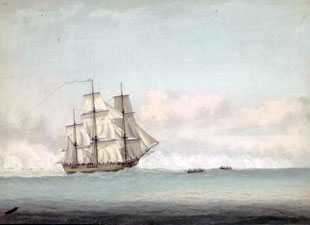
coast of New Holland
In 1766 the Royal Society chose Cook to command the HMS Endeavour on an expedition to the South Pacific to observe a rare transit of Venus across the Sun. The expedition also had a secret motive to search for the fabled southern continent of Terra Australis. The ship's crew included astronomer Charles Green and botanist Joseph Banks. Endeavour arrived in Tahiti in April 1769 to observe the transit. The ship then continued on to New Zealand and then south along Australia's eastern coast. Cook claimed this new land for Britain and named it New South Whales. In 1772 Cook sailed on a second voyage to look for the southern continent. He commanded the HMS Resolution while Tobias Furneayc commanded its companion ship, HMS Adventure. The ships sailed as far as Antarctica, but were forced to turn back by cold weather before they could actually reach the Antarctic coast. They found no trace of the fabled continent. In 1776 Cook embarked on a third voyage to find a Northwest passage that was believed to link the Atlantic and Pacific oceans. For this voyage he again commanded the Resolution. Captain Charles Clerke commanded its companion ship, HMS Discovery. Cook was unable to find the passage and sailed south to explore the Hawaiian islands. He was the first European to visit the islands. In 1779 he returned to Hawaii. An altercation broke out between Cook's crew and the native Hawaiians. Cook was stabbed and killed along with several of his men. His legacy lives on in the valuable contributions he made to navigation. His 12 years of exploring and mapping the Pacific Ocean contributed a great deal to our knowledge of the oceans and opened a whole new world for the British empire.
